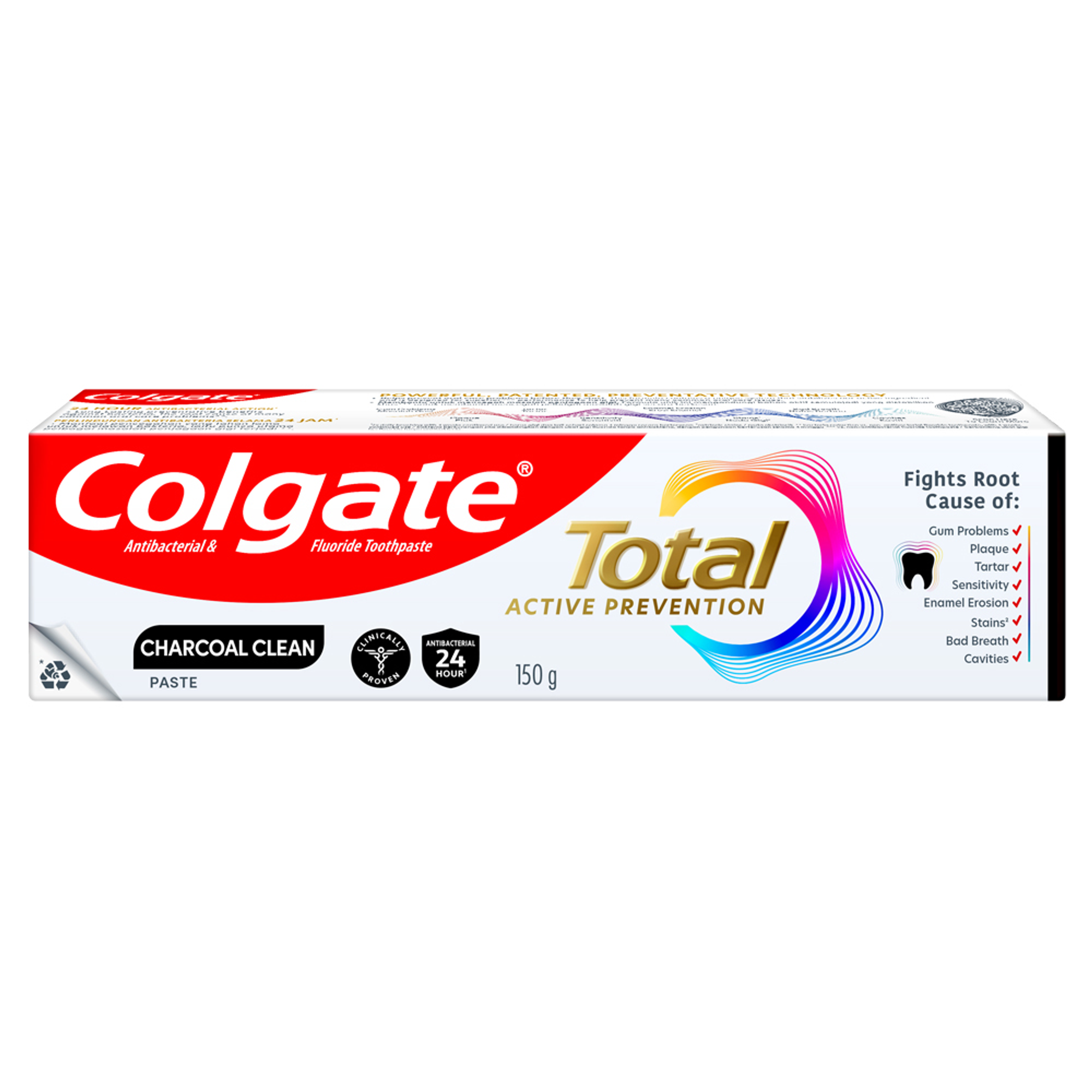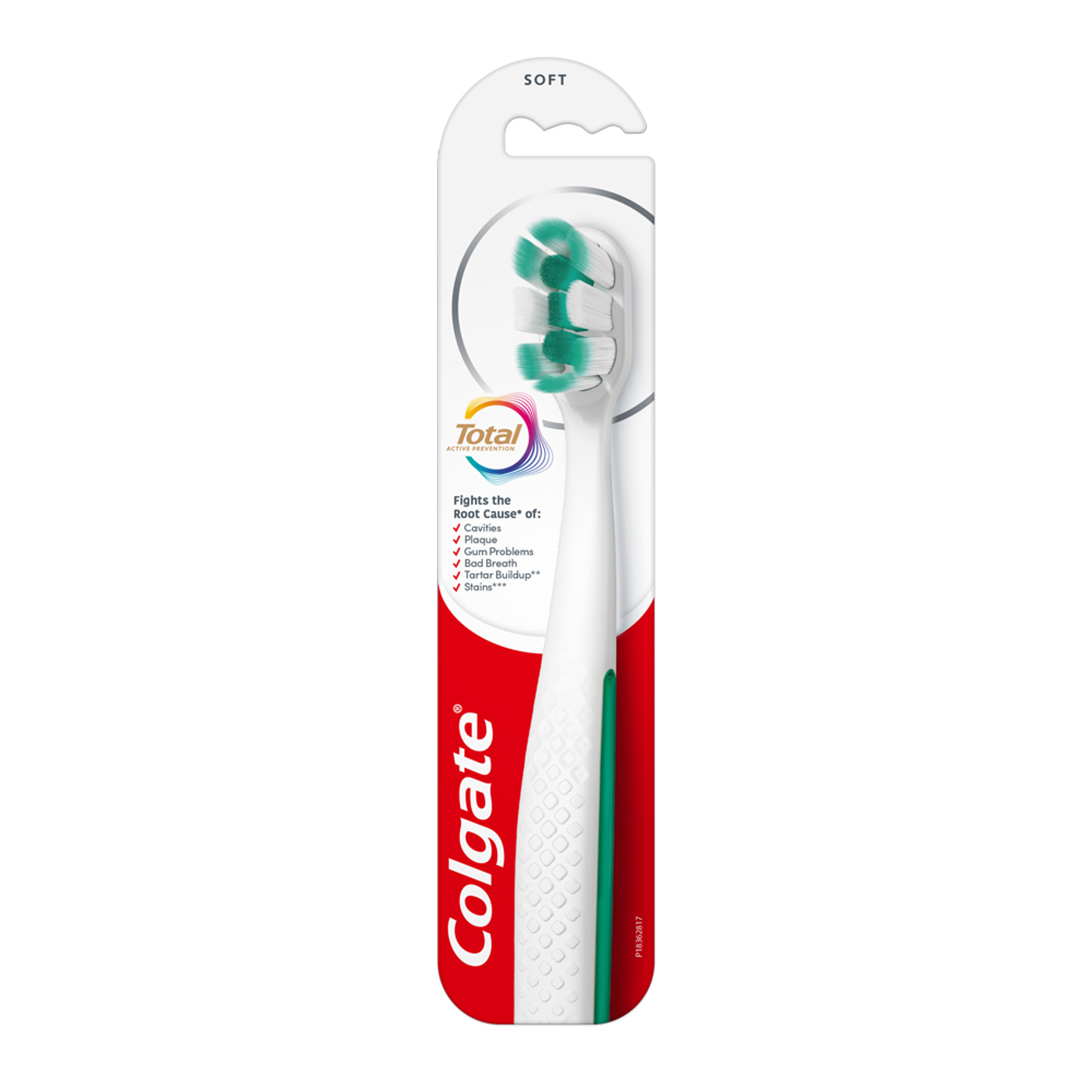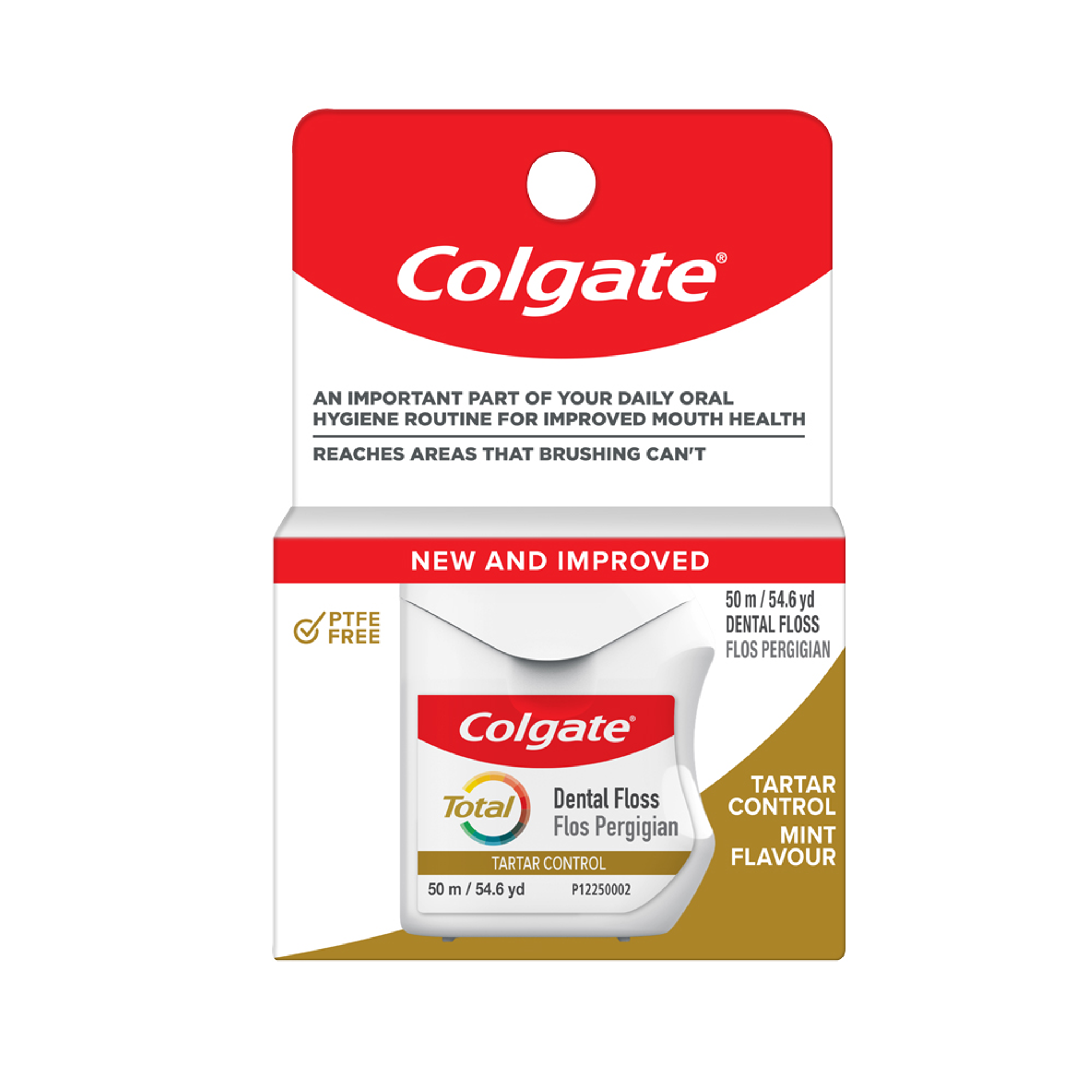-
-

FLUORIDE
Discover how stannous fluoride toothpaste prevents cavities and other oral health issues. Learn the key benefits of fluoride for teeth and its best uses.Fluoride plays a vital role in oral healthcare...

TEETH WHITENING
Teeth Whitening Serum for a Brighter, Confident SmileWho does not want whiter and brighter teeth? Thanks to the many teeth-whitening products available today...
-
Science & Innovation
- Colgate® | Toothpaste, Toothbrushes & Oral Care Resources
- Oral Health
- Gum Disease Treatment for Kids


What Is Gum Disease in Children?
Gum disease is a condition caused by bacteria and food debris that build up on teeth and form a sticky film known as plaque. As the plaque hardens, it forms tartar, and more plaque continues to form. Ultimately, this results in the gums becoming swollen and red. As it worsens, it can cause teeth to become loose because of the damage it causes to the soft tissue and bone underneath the teeth. It's not very common for children to have a serious form of gum disease, but it is common for them to develop a mild form of it called gingivitis.
Symptoms
The earliest symptoms of gum disease are puffy, swollen or red gums. They will bleed easily during brushing and flossing. Chronic bad breath that doesn't go away with brushing or flossing is a sign as well. As the disease progresses, your child may develop teeth that may wiggle, and the gums may develop pockets where plaque will continue to develop below the gums around the teeth.
Causes
Teenagers can begin to develop issues with their gums during puberty. The rise in hormones such as progesterone and oestrogen causes increased gum sensitivity, states the Ministry of Health Singapore (MOH). For children, the main cause of gingivitis is usually poor dental hygiene. However, certain diseases can increase a child's risk, including Kindler syndrome, type 1 diabetes, Down syndrome and Papillon–Lefèvre syndrome, to name a few. Genetics can increase your child's risk as well, so be sure to tell your kid's dentist if there's a family history of gum disease.
Treatment and Prevention
The first step in preventing your child from getting gum disease is to encourage good dental hygiene. Your child should brush their teeth at least twice a day. Additionally, establishing a good habit of flossing once per day will help. According to MOH, your child should start seeing the dentist when they are between 6 to 12 months of age. Once your child sees the dentist for the first time, you should continue to schedule an appointment every 6 months for a check-up and cleaning. Make sure you act as a good role model by taking care of your teeth, too.
If your child develops a mild form of gingivitis, it can be treated through professional dental cleanings and by developing a good oral hygiene regimen. But a gum disease treatment for kids might be necessary if the condition worsens, which could include deep cleaning, an oral rinse, antibiotics or other medications. In more advanced stages, surgery may be necessary.
Related Articles
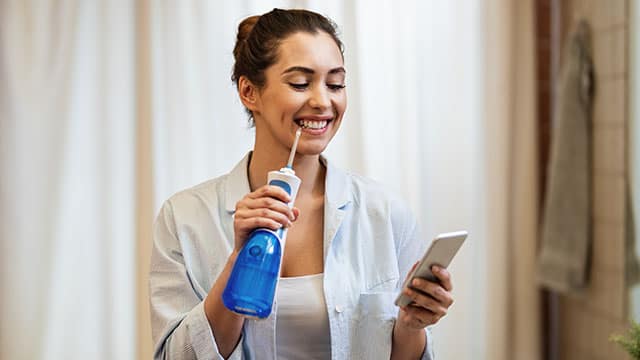
Flossing is important for good oral health. If you have difficulty using string floss, talk to your dentist about alternatives, like a water flosser.

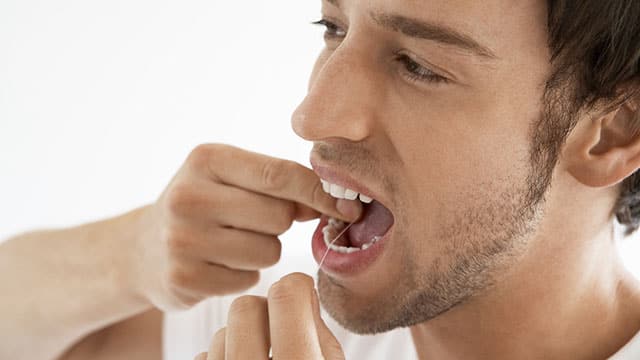
Water flossing uses water jets to clean between teeth, while traditional floss uses string. Learn the differences and choose what suits you best.
Related Products

Helping dental professionals
More professionals across the world trust Colgate. Find resources, products, and information to give your patients a healthier future




